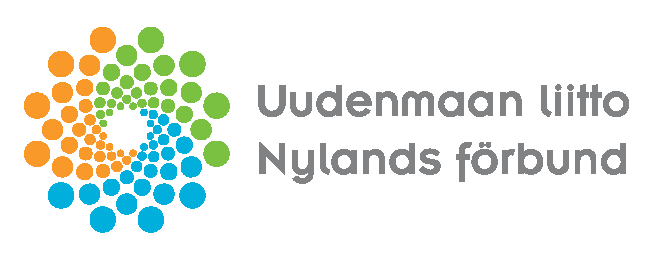The use of technologies such as Virtual Reality (VR), Augmented Reality (AR), Mixed Reality (MR), and Spatial Augmented Reality (SAR) presents an unprecedented opportunity to enhance learning experiences. Each of these technologies offers a unique way to bridge the gap between theoretical knowledge and practical application, making the learning journey both engaging and impactful.
- Virtual Reality (VR) utilizes digital simulations to replicate real-world scenarios. By donning a VR headset, learners can be transported to places beyond their physical reach, from historical sites to outer space, providing a deeply immersive learning experience that was once unimaginable.
- Augmented Reality (AR) transforms the learner’s immediate environment by overlaying digital information onto the real world. This technology enhances the learning experience by integrating digital elements into learners’ real-world surroundings, making educational content more interactive and accessible.
- Mixed Reality (MR) merges the best of VR and AR, blending digital and physical worlds to create a cohesive experience. MR allows digital and physical objects to coexist and interact in real-time, offering learners a more authentic interaction with virtual content.
- Spatial Augmented Reality (SAR) promotes immersive learning through 3D visuals and simulations, offering an in-depth exploration of subjects. This technology enriches the educational experience by utilizing 3D imagery to create an engaging and comprehensive learning environment.
The advantages of immersive learning technologies
The implementation of immersive learning technologies in classrooms heralds a new era of educational excellence, akin to the transformative impact of school ERP software on administrative efficiency years ago. These technologies offer numerous benefits that significantly enhance the learning experience.
Enhanced Knowledge Retention
Immersive learning environments, by their very nature, minimize distractions, allowing learners to fully engage with the content at their own pace. This heightened level of engagement leads to better comprehension and retention of knowledge.
Personalized Learning Journeys
Immersive technologies cater to individual learning styles and paces, offering personalized educational experiences. This customization ensures that each learner can explore concepts in a way that best suits their understanding and retention capabilities.
Interactive and Engaging Content
The dynamic nature of immersive learning technologies makes education more engaging and interactive. Through virtual simulations and augmented environments, learners can actively participate in their educational journey, transforming passive learning into an active discovery process.
Preparation for Real-World Application
By simulating real-life scenarios, immersive learning equips learners with practical skills and knowledge. This preparation is invaluable, as it bridges the gap between theoretical learning and real-world application, ensuring learners are better prepared for their future careers.
Now is the time to embrace immersive learning
Immersive learning technologies are not merely an addition to the educational toolkit; they are a necessity for the modern classroom. These technologies have the potential to redefine education, making learning more effective, engaging, and aligned with the digital age. Immersive learning offers a plethora of benefits that can transform classroom instruction and help achieve educational goals previously deemed unreachable.
Educationl institutions should prioritize learning management software that supports immersive learning, thereby paving the way for a future where education transcends traditional boundaries and embraces the full spectrum of human potential.
Haaga-Helia’s immersive learning environment theBox has been a leader in integrating new technologies, storytelling, and experience design for students and professionals in tourism, hospitality, and the experience sectors since 2016. For nearly a decade, this expertise has benefited international firms and partners, aiding in the design of immersive learning environments and brand promotions in over 21 countries. Currently, the XREXP project, funded by Uudenmaan Liitto (EAKR), leverages theBox technologies and models to help exhibitions, visitor centers, and attractions implement immersive learning experiences.
XRexp – the XR experience path and embedded multi-channel commerce solutions project brings together new technology companies to develop experiential services and multi-channel commerce at Finlandia Hall and other visitor attractions. The project promotes the development of an innovation ecosystem of cultural and XR technology companies and explores which technologies and equipment are best suited to the identified target customer groups. The end result will be a description of an optimal XR experience pathway to inspire new networking and future design work. The project is funded by the European Regional Development Fund (ERDF) and the Helsinki-Uusimaa Regional Council.


Picture: Shutterstock